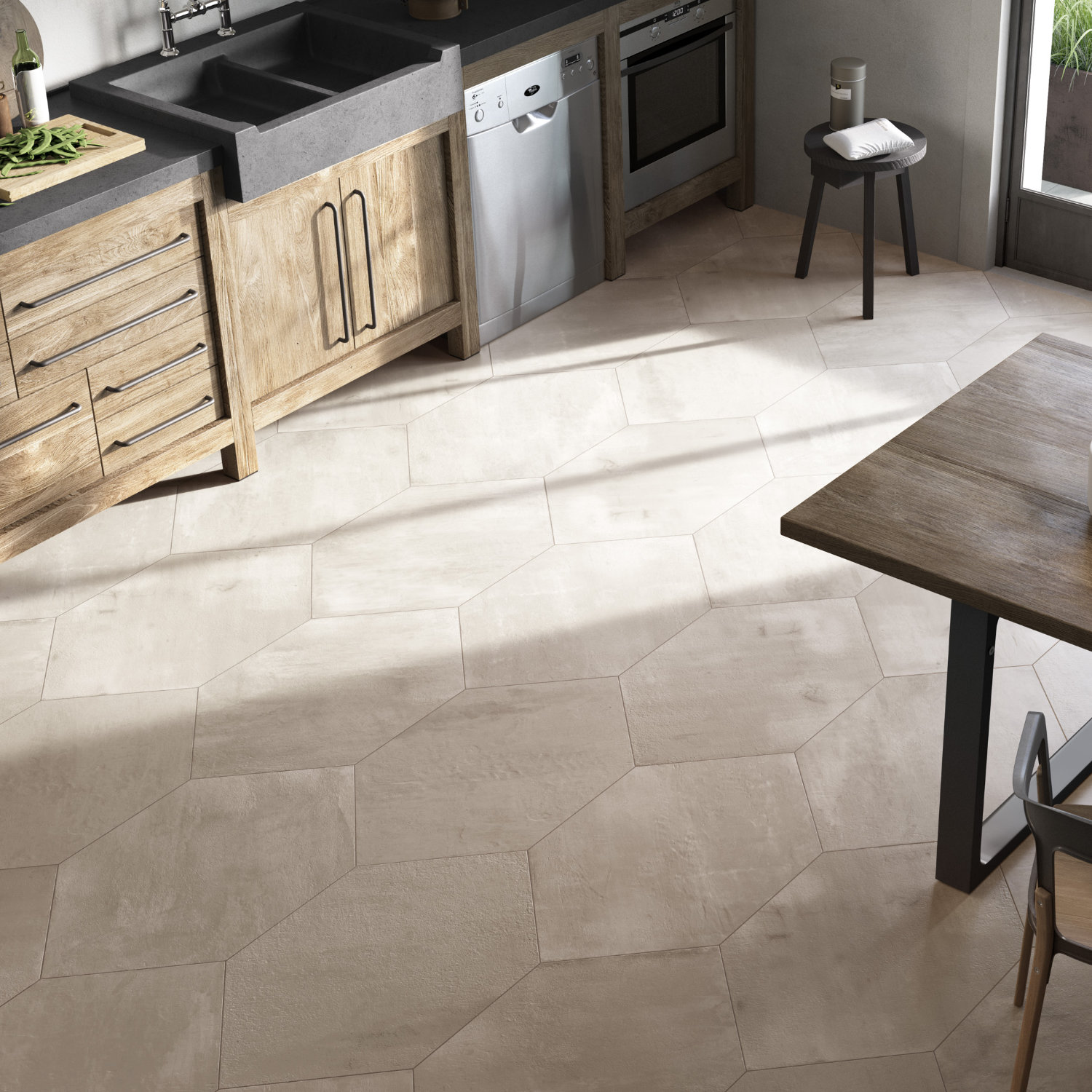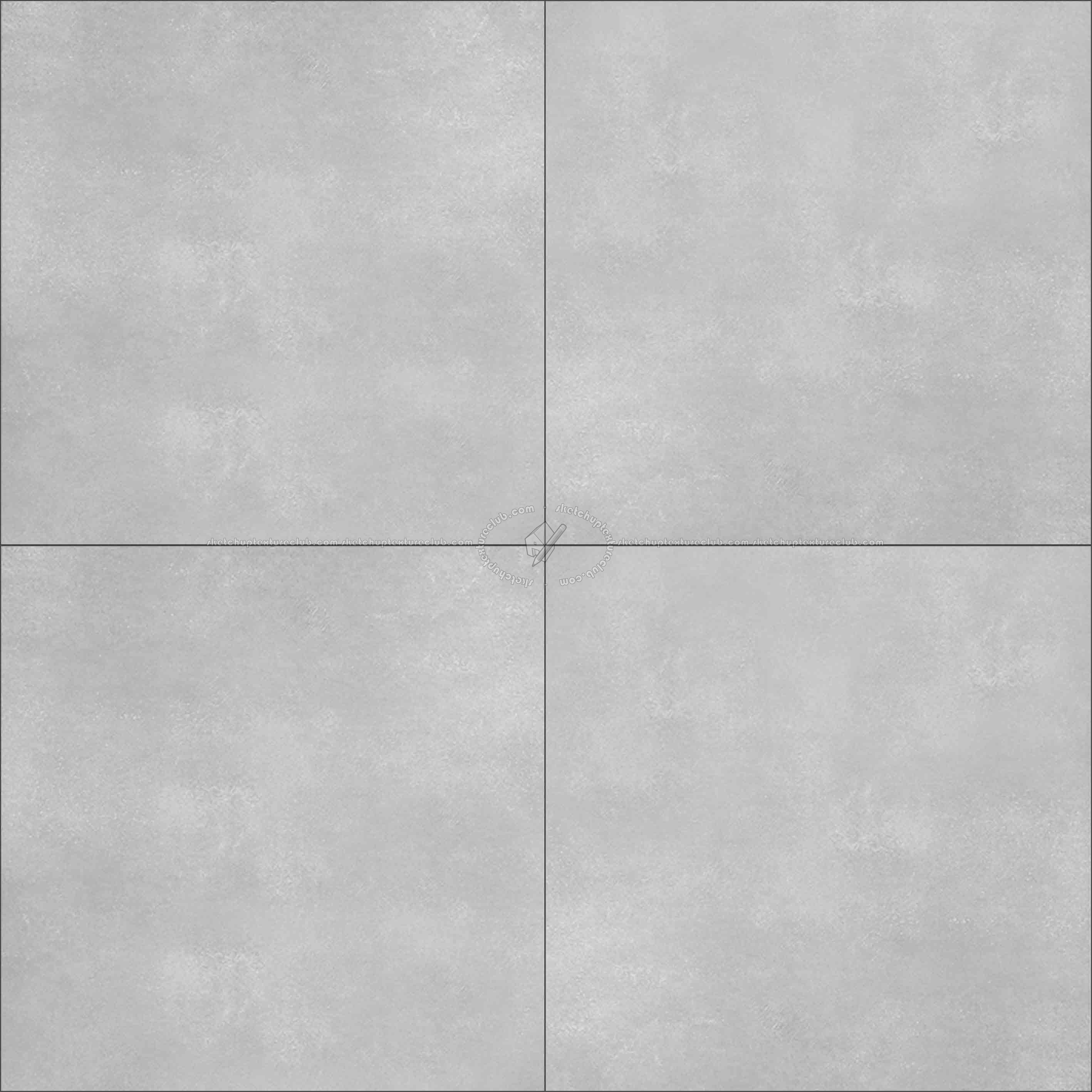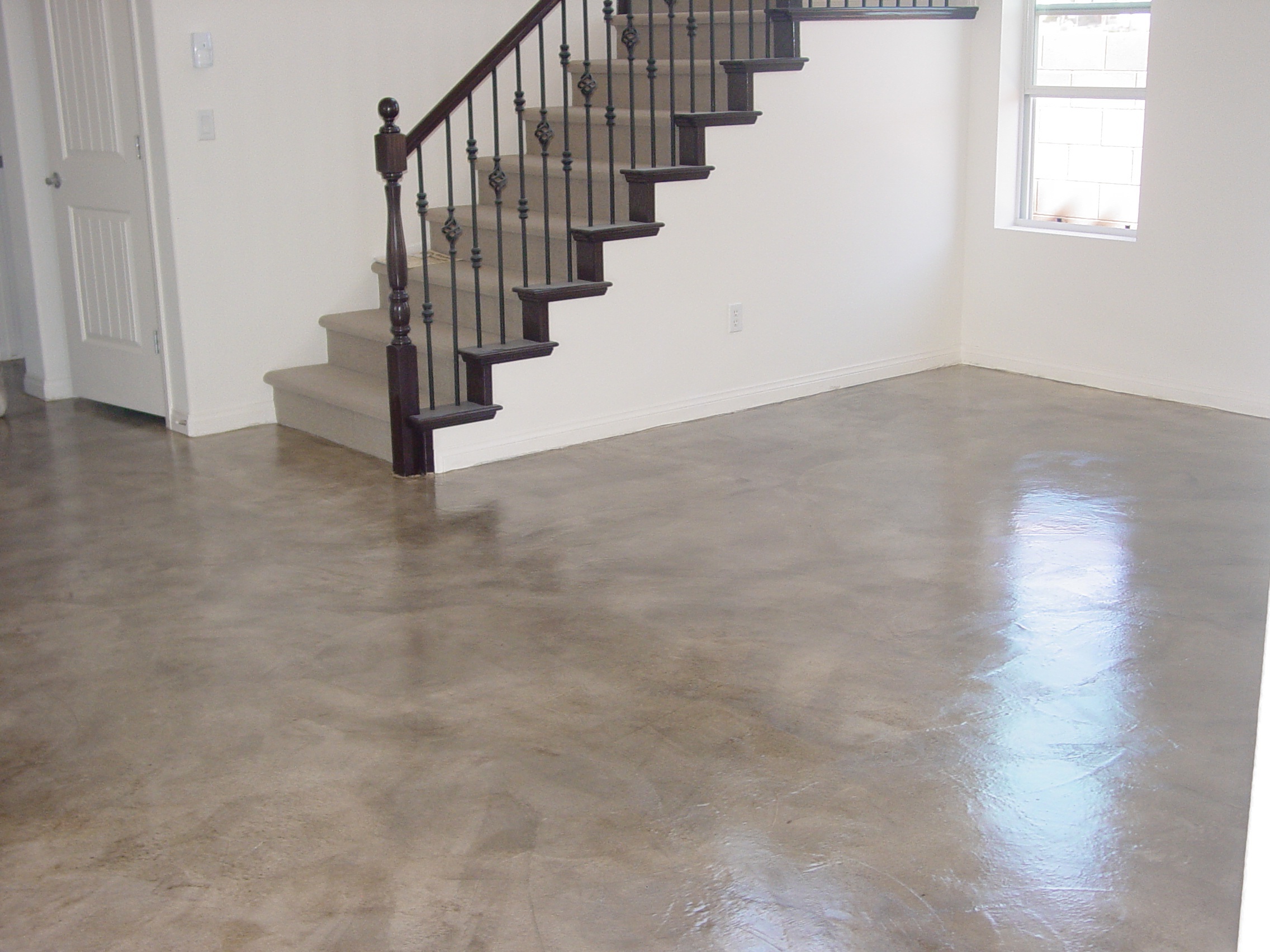Cement Sheet Bathroom Floor

Cement sheets, also known as cement boards, are a popular choice for bathroom flooring due to their durability, moisture resistance, and versatility. They offer a strong and long-lasting surface that can withstand the daily wear and tear of a bathroom environment.
Durability and Longevity, Cement sheet for bathroom floor
Cement sheets are known for their exceptional durability and longevity. They are significantly more robust than other bathroom flooring materials, such as ceramic tiles. They can withstand heavy foot traffic, resist scratches, and maintain their structural integrity over time. This makes them an ideal choice for high-traffic areas like bathrooms, where they can withstand the constant use and potential spills.
Cement sheets are generally resistant to cracking and chipping, making them a reliable choice for bathroom floors.
Moisture Resistance
Bathrooms are prone to high humidity and moisture levels. Cement sheets are specifically designed to handle these conditions, making them an excellent choice for bathroom flooring. Their composition, typically a mixture of Portland cement, sand, and water, makes them resistant to water damage and prevents mold and mildew growth.
The dense structure of cement sheets creates a barrier against moisture penetration, safeguarding the subfloor and preventing structural issues.
Cost-Effectiveness, Ease of Installation, and Maintenance
Cement sheets offer significant cost-effectiveness compared to other bathroom flooring materials. They are generally more affordable than ceramic tiles or natural stone, making them a budget-friendly option. Additionally, their ease of installation can save on labor costs. Cement sheets can be easily cut and installed using standard tools, making them a DIY-friendly option for homeowners.
The smooth surface of cement sheets requires minimal maintenance, making them a low-maintenance flooring option.
Potential Drawbacks
While cement sheets offer numerous advantages, it’s important to consider potential drawbacks. One drawback is the need for proper sealing. Cement sheets are porous and require a sealant to prevent moisture absorption and staining. Another potential drawback is the possibility of cracking, especially in areas with high stress or uneven subfloors.
Proper preparation of the subfloor and careful installation are crucial to prevent cracking and ensure the longevity of the cement sheet flooring.
Types of Cement Sheets for Bathroom Floors: Cement Sheet For Bathroom Floor

Choosing the right type of cement sheet for your bathroom floor is crucial for ensuring durability, water resistance, and a long-lasting finish. Understanding the different types of cement sheets available, their characteristics, and their suitability for bathroom applications will help you make an informed decision.
Fiber Cement Sheets
Fiber cement sheets are a popular choice for bathroom floors due to their excellent water resistance and durability. These sheets are made from a mixture of Portland cement, cellulose fibers, and other additives. The cellulose fibers provide strength and flexibility, while the cement acts as a binder.
Fiber cement sheets are known for their resistance to moisture, mold, and mildew, making them ideal for bathroom environments. They are also relatively easy to install and can be cut and shaped to fit specific requirements.
Key Features of Fiber Cement Sheets:
- High Water Resistance: Fiber cement sheets are highly resistant to moisture and water damage, making them suitable for wet areas like bathrooms.
- Durability: They are strong and durable, capable of withstanding heavy foot traffic and the weight of bathroom fixtures.
- Mold and Mildew Resistance: The composition of fiber cement sheets inhibits the growth of mold and mildew, ensuring a healthy and hygienic bathroom environment.
- Ease of Installation: Fiber cement sheets are relatively easy to install, requiring basic carpentry skills.
- Versatility: They can be used for both walls and floors, offering flexibility in bathroom design.
Cement Board Sheets
Cement board sheets are another common option for bathroom floors. They are made from a mixture of Portland cement, sand, and water. While similar to fiber cement sheets, they lack the added cellulose fibers.
Cement board sheets are known for their strength and durability, but they may not be as water-resistant as fiber cement sheets. However, they can be treated with a waterproof sealant to enhance their resistance to moisture.
Key Features of Cement Board Sheets:
- High Strength and Durability: Cement board sheets are very strong and durable, capable of withstanding heavy loads and impact.
- Fire Resistance: They are fire-resistant, providing an added layer of safety in the bathroom.
- Cost-Effective: Cement board sheets are generally more affordable than fiber cement sheets.
- Requires Waterproofing: They need to be treated with a waterproof sealant to protect against moisture damage.
Other Cement Sheet Options
In addition to fiber cement and cement board sheets, there are other types of cement sheets available for bathroom floors. These include:
1. Concrete Sheets:
Concrete sheets are made from a mixture of cement, aggregates, and water. They are known for their high strength and durability, but they can be heavy and difficult to install.
2. Gypsum Board Sheets:
Gypsum board sheets are commonly used for walls and ceilings, but they are not recommended for bathroom floors due to their poor water resistance.
3. Backer Board Sheets:
Backer board sheets are specifically designed for use behind tile installations. They are highly water-resistant and provide a stable base for tile.
Table Summarizing Cement Sheet Types:
| Type of Cement Sheet | Key Features | Typical Applications |
|---|---|---|
| Fiber Cement Sheets | High water resistance, durability, mold and mildew resistance, ease of installation, versatility | Bathroom floors, walls, showers, and wet areas |
| Cement Board Sheets | High strength and durability, fire resistance, cost-effectiveness, requires waterproofing | Bathroom floors, walls, and areas where fire resistance is important |
| Concrete Sheets | High strength and durability, heavy and difficult to install | Bathroom floors where extreme strength and durability are required |
| Gypsum Board Sheets | Poor water resistance | Not recommended for bathroom floors |
| Backer Board Sheets | High water resistance, stable base for tile | Behind tile installations in bathrooms and wet areas |
Installation and Finishing of Cement Sheets

Installing cement sheets on a bathroom floor requires careful preparation, precise cutting, and secure installation. This process ensures a durable and water-resistant surface that can withstand the moisture and foot traffic common in bathroom environments.
Preparing the Subfloor
A solid and level subfloor is essential for a successful cement sheet installation. Any imperfections, such as cracks, gaps, or unevenness, can lead to problems later on.
- Remove Existing Flooring: Start by removing the existing flooring, whether it’s tile, wood, or another material. This will expose the subfloor and allow for a thorough inspection.
- Repair and Level: Carefully inspect the subfloor for any damage or unevenness. Repair cracks or gaps with patching compound or wood filler. If the subfloor is significantly uneven, consider using a self-leveling compound to create a smooth and level surface.
- Moisture Barrier: Install a moisture barrier over the subfloor to prevent moisture from seeping up from below. This is crucial in bathrooms, where water exposure is inevitable. Common moisture barriers include polyethylene sheeting or a moisture-resistant underlayment.
Cutting Cement Sheets
Cement sheets are typically sold in large panels, so they need to be cut to size to fit the bathroom floor.
- Measure and Mark: Accurately measure the dimensions of the bathroom floor and mark the cement sheets accordingly.
- Cutting Tools: Use a utility knife, circular saw, or a specialized cement sheet cutter to cut the sheets to size.
- Safety Precautions: Always wear safety glasses and gloves when cutting cement sheets, as they can produce dust and sharp edges.
Securing Cement Sheets
Once the sheets are cut, they need to be secured to the subfloor to create a stable and durable surface.
- Adhesive: Apply a thin layer of construction adhesive to the back of the cement sheet.
- Fasteners: Secure the cement sheets to the subfloor using screws or nails specifically designed for cement sheets.
- Spacing: Maintain consistent spacing between the screws or nails to ensure a secure bond.
Sealing and Waterproofing
Sealing and waterproofing are essential for protecting cement sheets in a bathroom environment.
- Seal Joints: Apply a sealant to the joints between the cement sheets, as well as around the edges of the floor. This helps to prevent water from penetrating and causing damage.
- Waterproof Membrane: Install a waterproof membrane over the cement sheets to create a barrier against moisture.
- Shower Pan: If the cement sheets are being used for a shower floor, install a shower pan to contain water and prevent leaks.
Finishing Options
Cement sheets offer a range of finishing options to achieve a desired aesthetic and functionality.
- Painting: Cement sheets can be painted with specialized paints designed for concrete surfaces.
- Staining: Staining can add color and depth to cement sheets, creating a natural and rustic look.
- Epoxy Coatings: Epoxy coatings provide a durable and seamless finish that is highly resistant to moisture, stains, and abrasion.
Achieving a Seamless Finish
A seamless finish is important for both aesthetics and functionality.
- Careful Installation: Proper installation is crucial to minimize gaps and unevenness.
- Thin-Set Mortar: Use thin-set mortar to fill in any small gaps between the sheets.
- Epoxy Grout: For a seamless look, consider using epoxy grout, which creates a smooth and durable surface.
